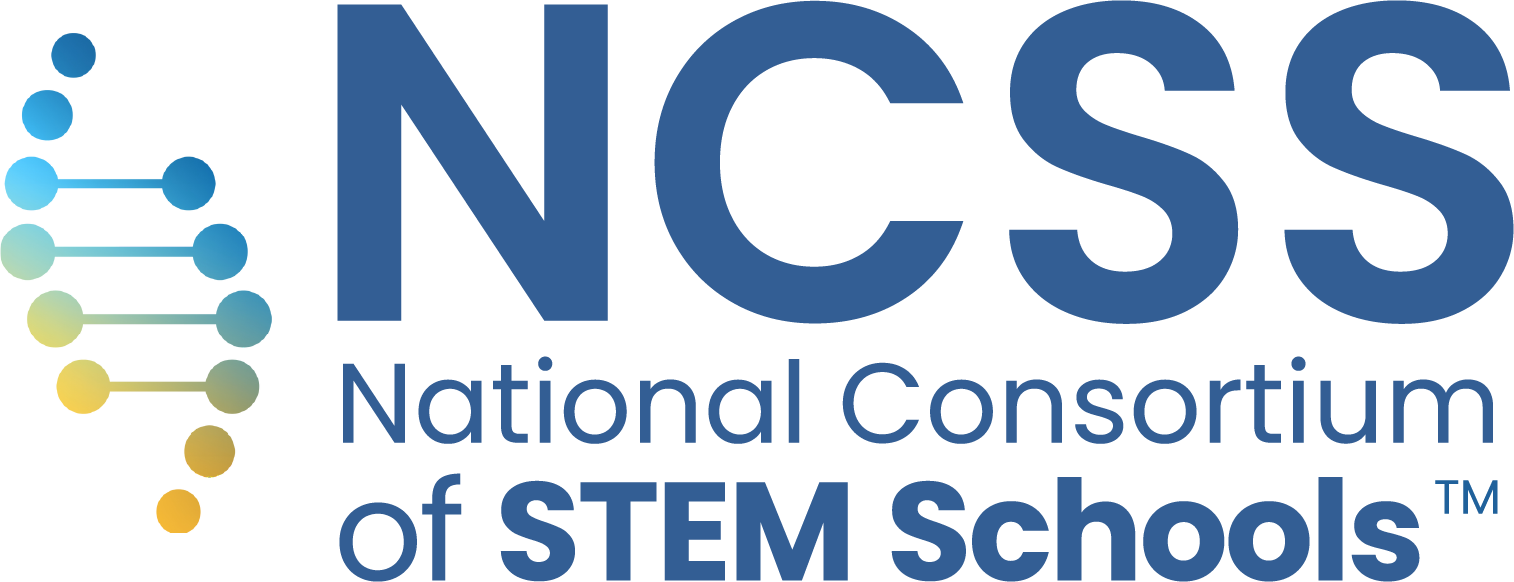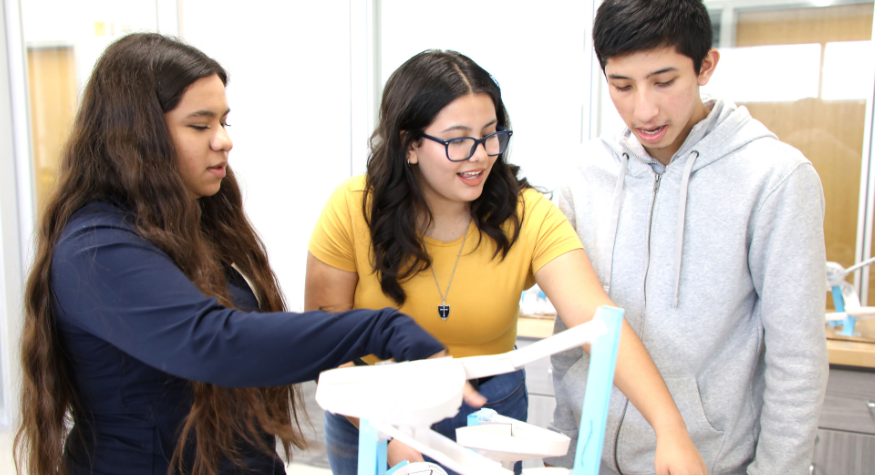By Laura Boyd Smidt & Jerri LaMirand
STEM careers today extend far beyond labs and traditional industries. To truly prepare students for the future, STEM education must include entrepreneurial thinking—a mindset that fuels creativity, adaptability, and purposeful innovation. When students learn to identify problems, iterate solutions, and communicate ideas effectively, they develop skills that matter in an AI-driven world of disruption and opportunity.
From Problems to Possibilities:
Encourage students to think like entrepreneurs by starting a “Bug Me List”—a record of everyday problems that could spark innovation. This empowers students to design solutions that matter to them, rather than solving problems handed to them.
When Purpose Drives the Prototype:
Integrate entrepreneurship into design challenges. Instead of simply building a floating boat, challenge students to design one that rescues animals after floods. This elevates empathy, purpose, and human impact.
Building Value Through Iteration:
Entrepreneurs test ideas with end-users, asking not only “Does this work?” but “Does this add value?” Students learn to embrace failure as part of the “test, learn, iterate” process—a key entrepreneurial habit.
Turning Vision Into Voice:
Entrepreneurs pitch their ideas. Encourage students to present solutions clearly, reflect on feedback, and build confidence as communicators and leaders.
Call to Action:
Empowering students with entrepreneurial mindsets transforms STEM education—and futures.
Attend our session:
“Dream, Design, Disrupt: The Entrepreneurial Edge in STEM” at the NCSS Professional Conference, Thursday, November 6th, 11:00 AM, or visit unchartedlearning.org to learn more.


